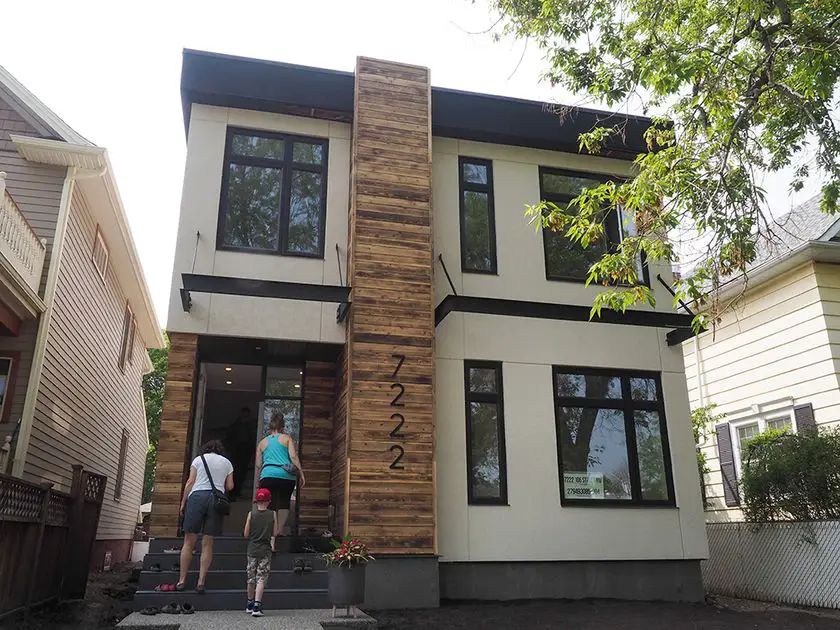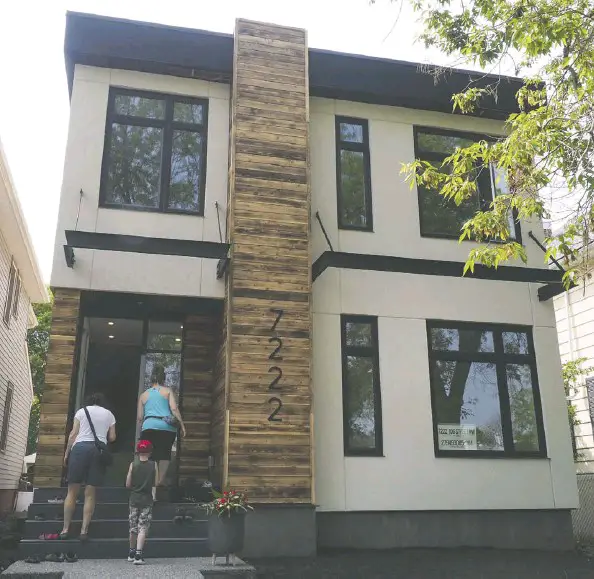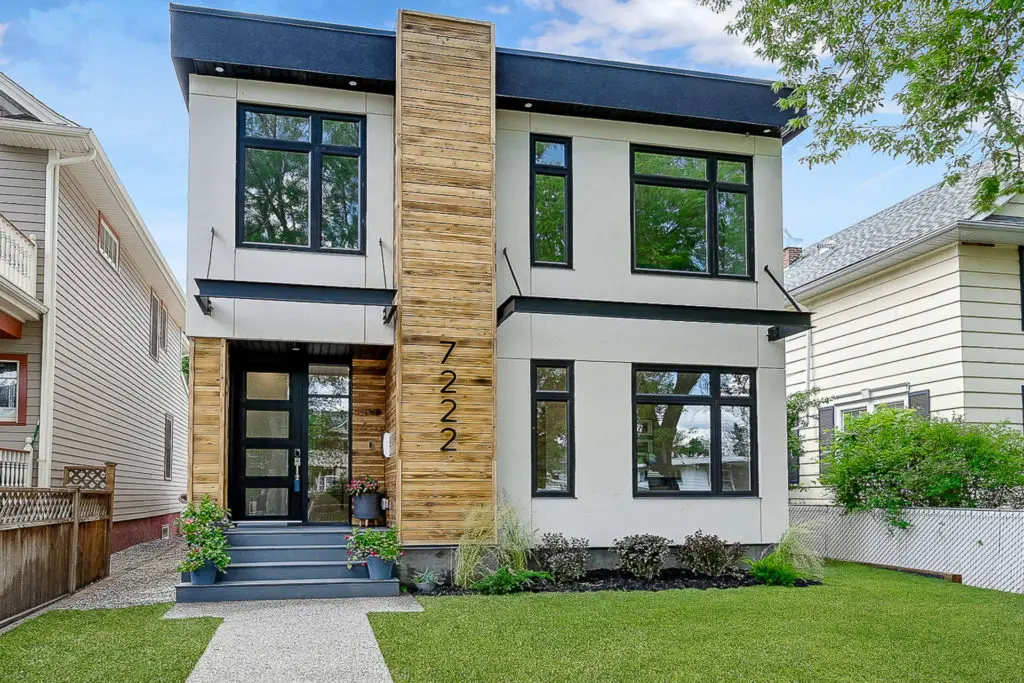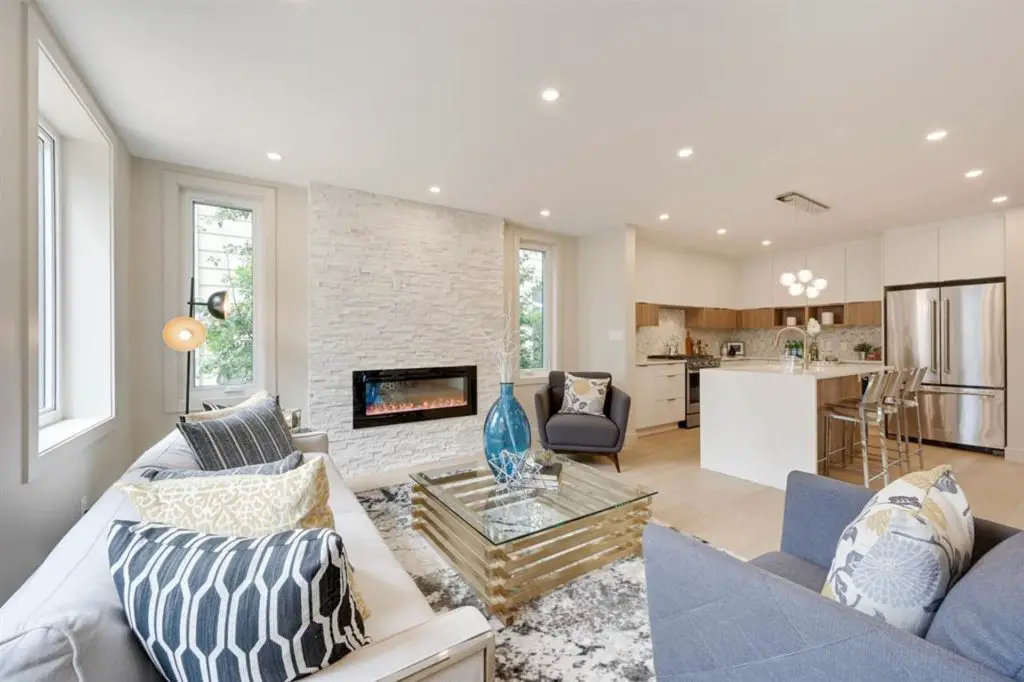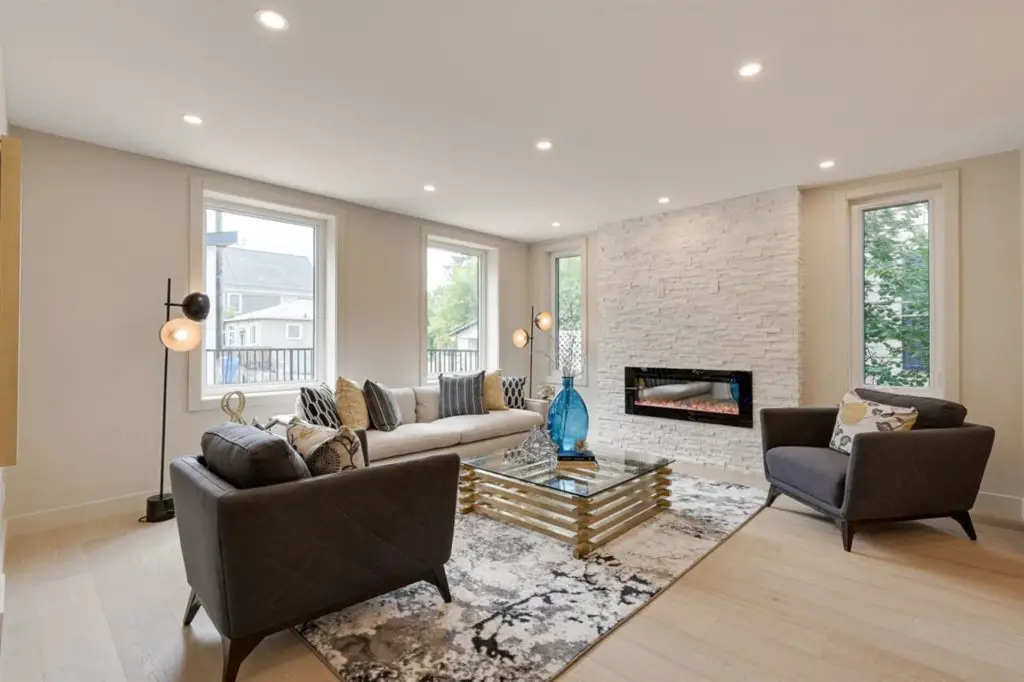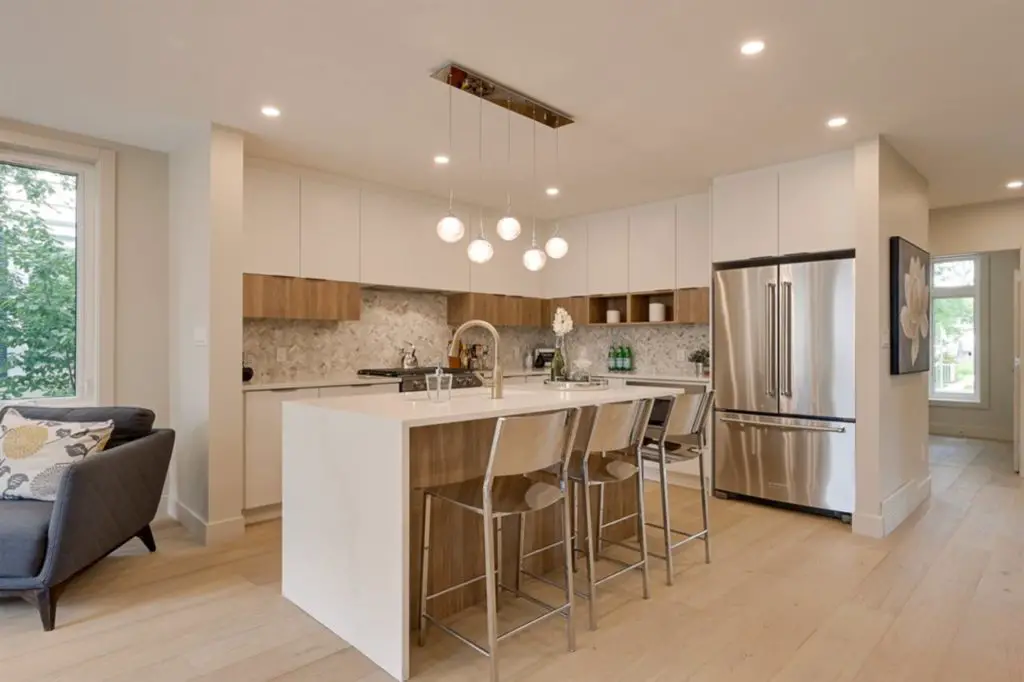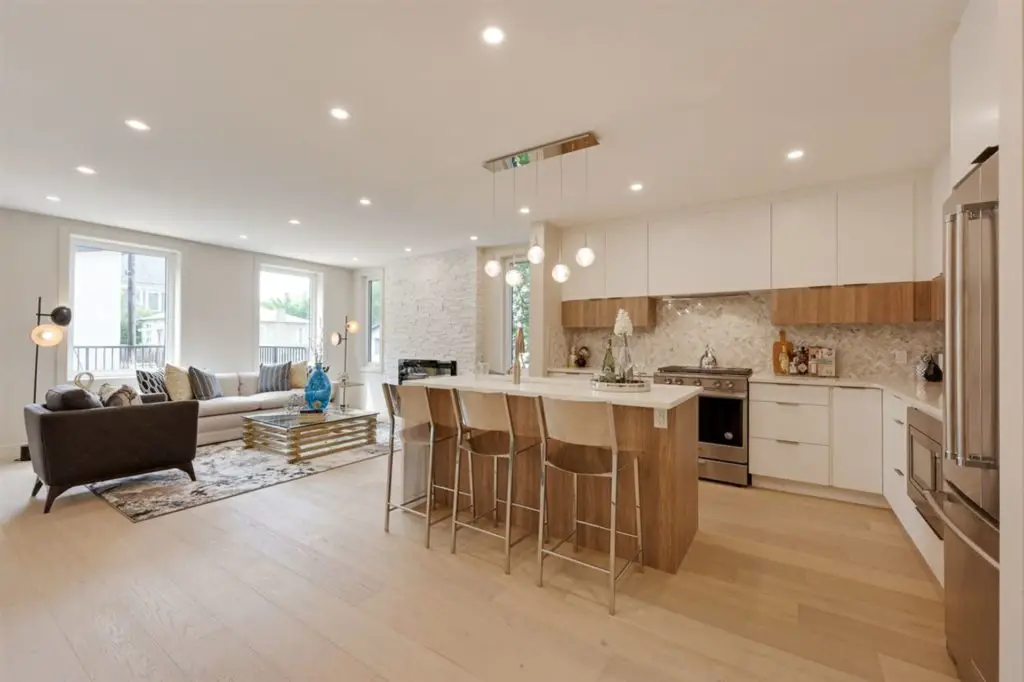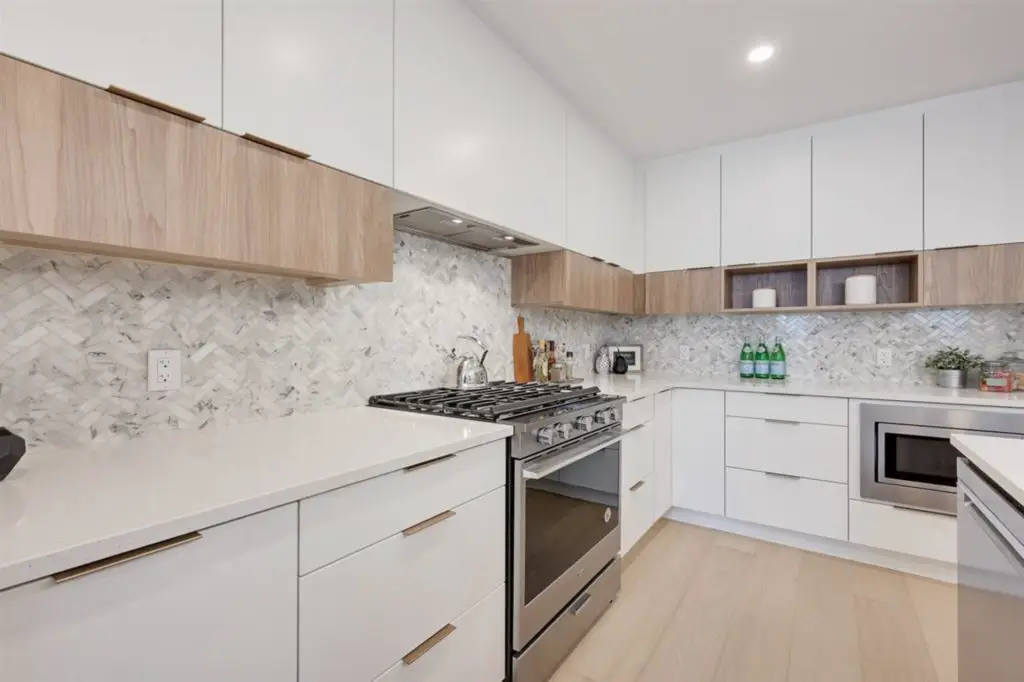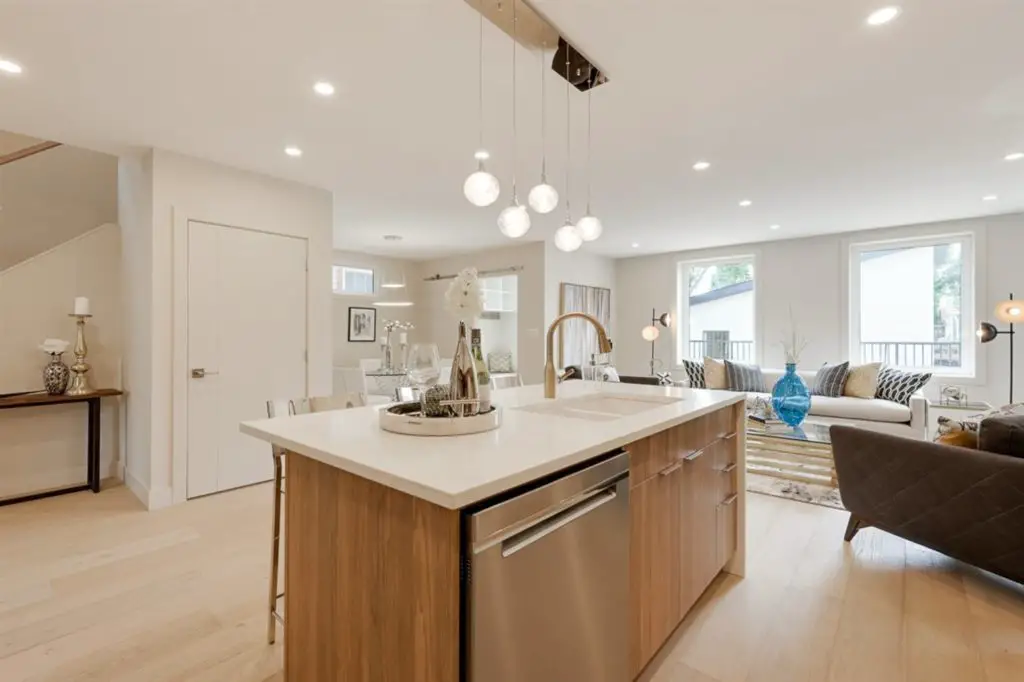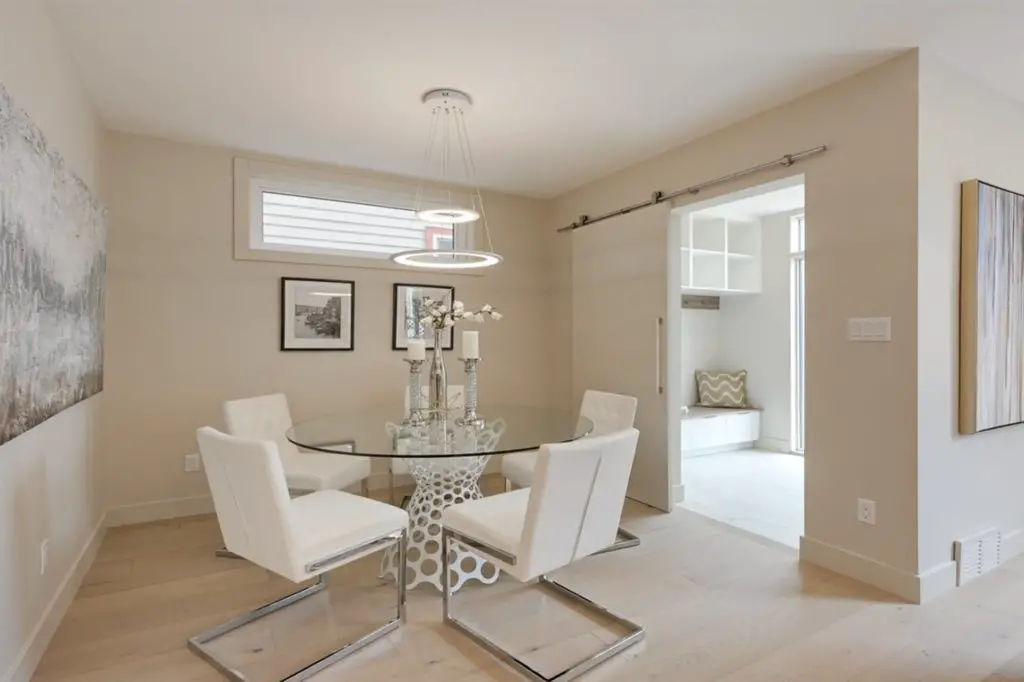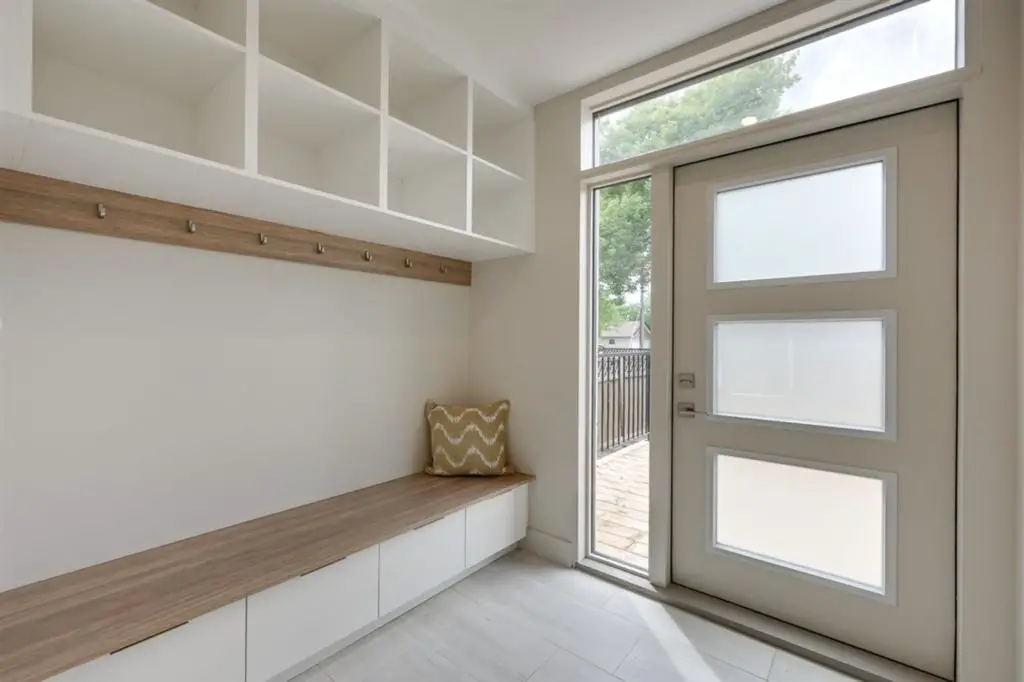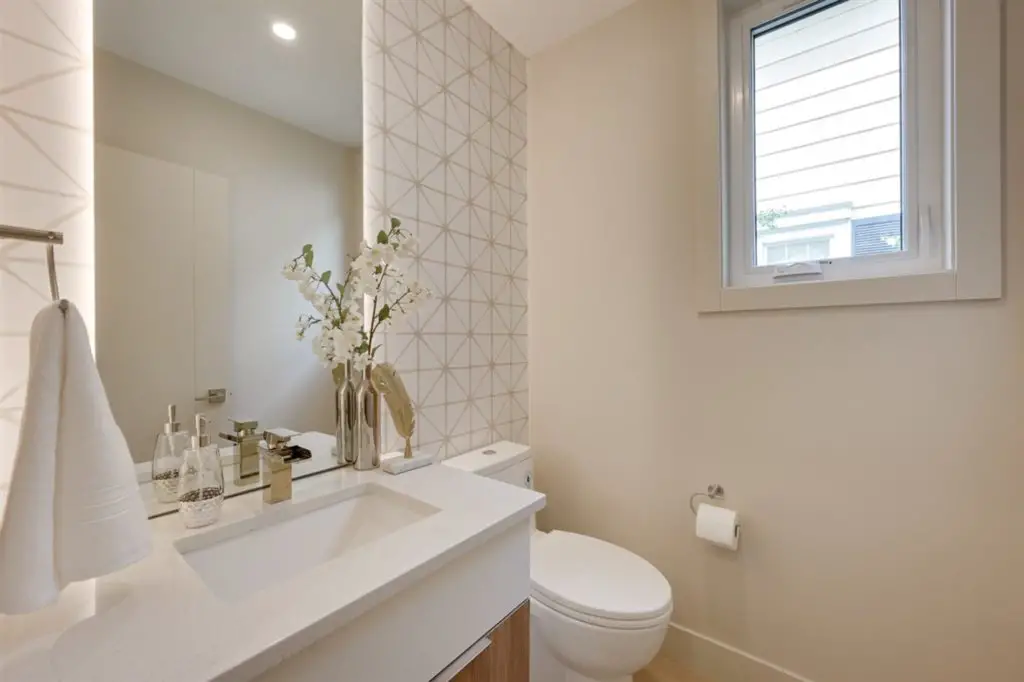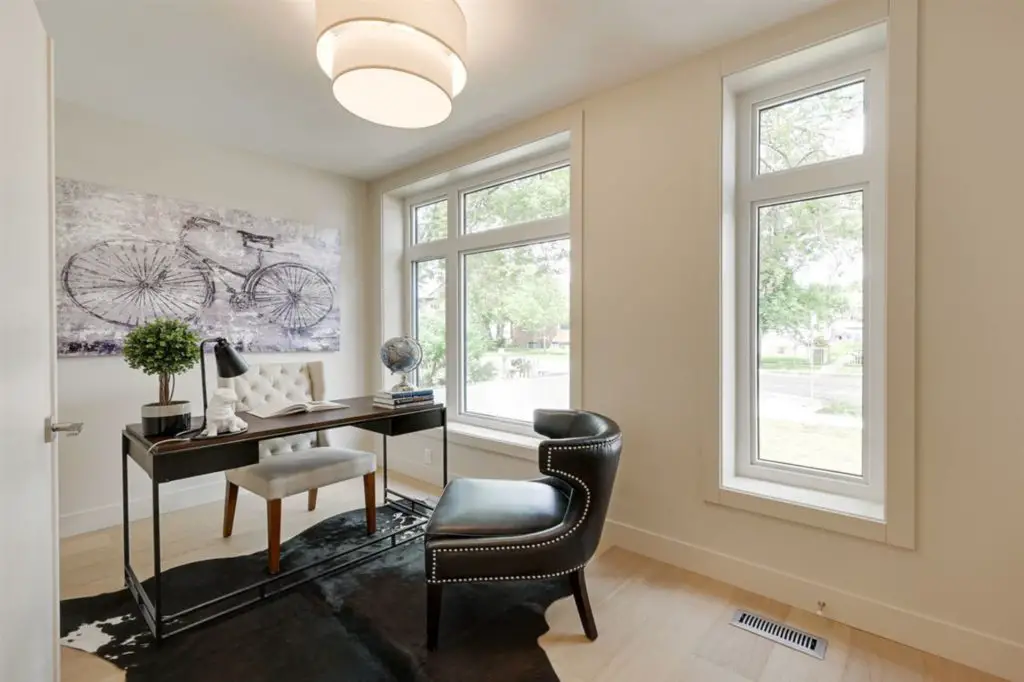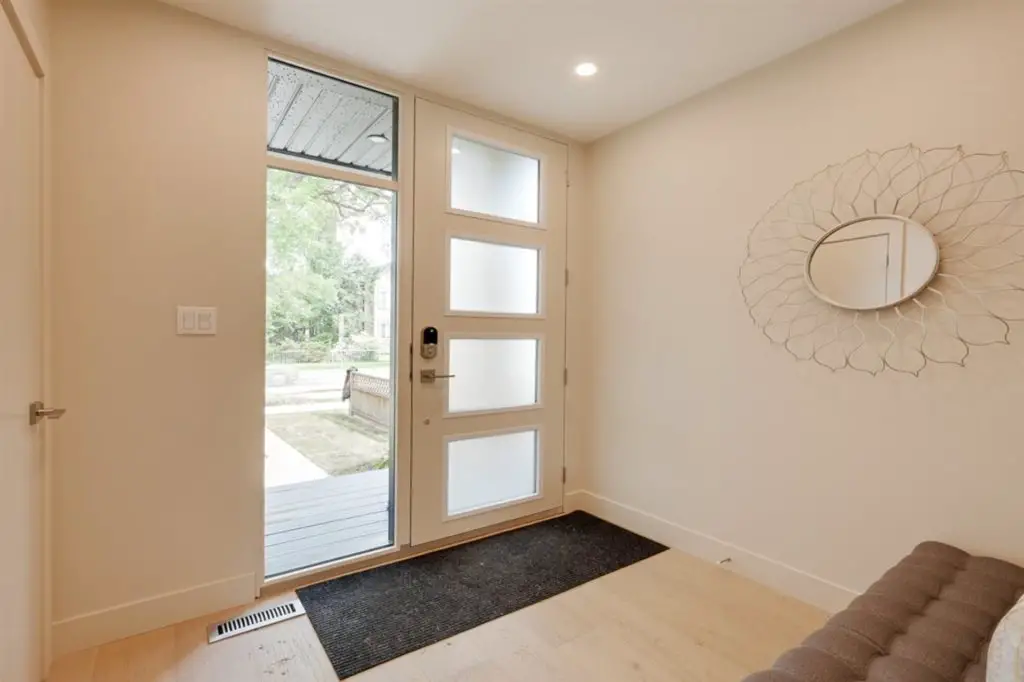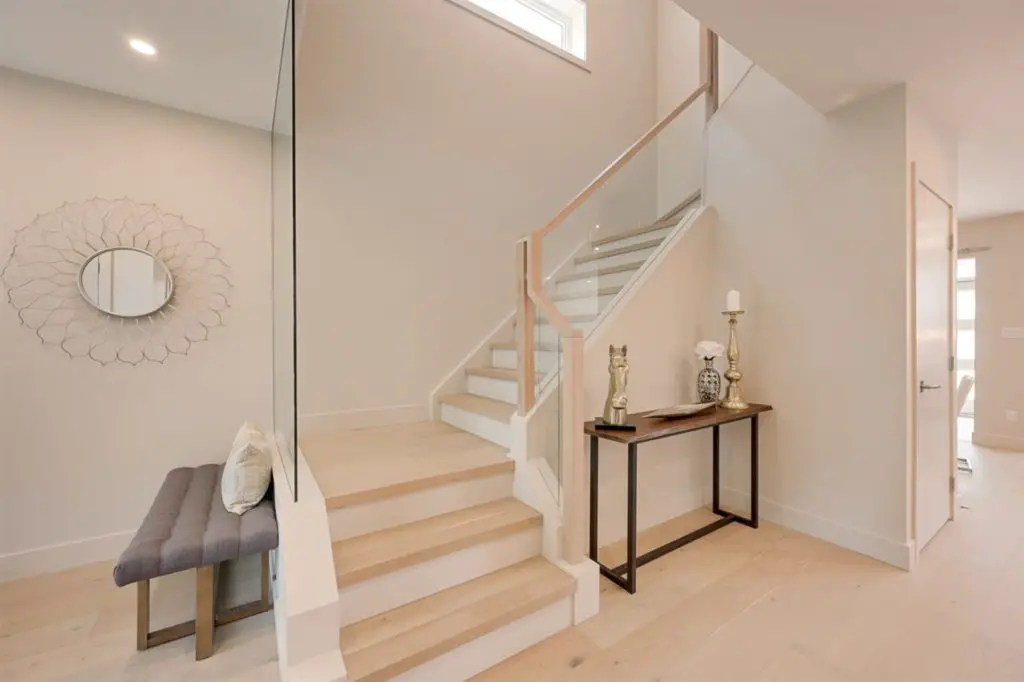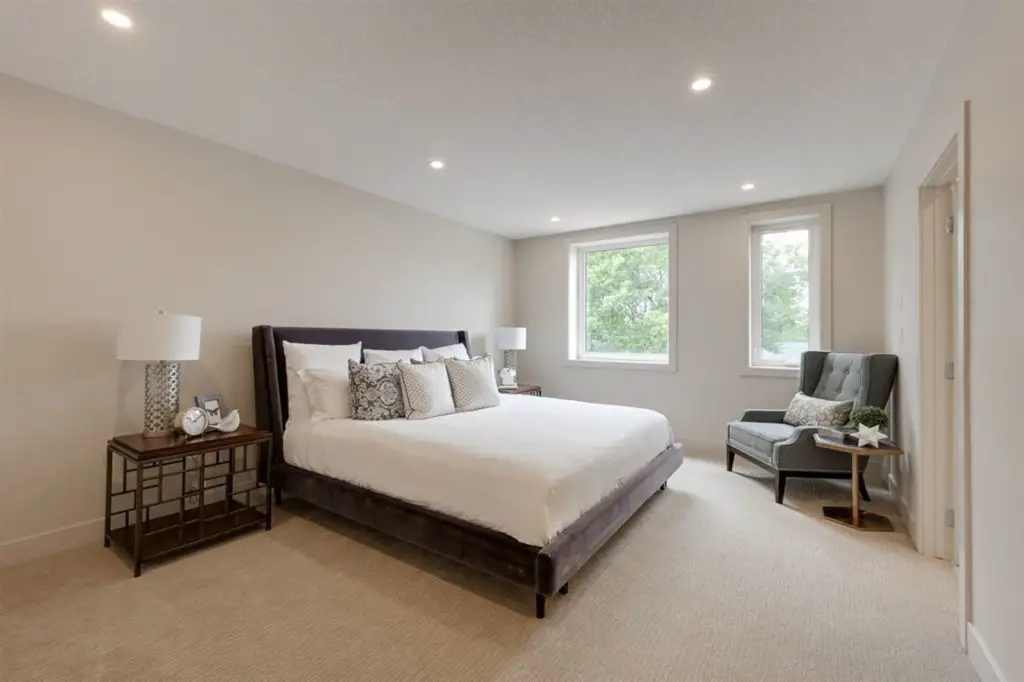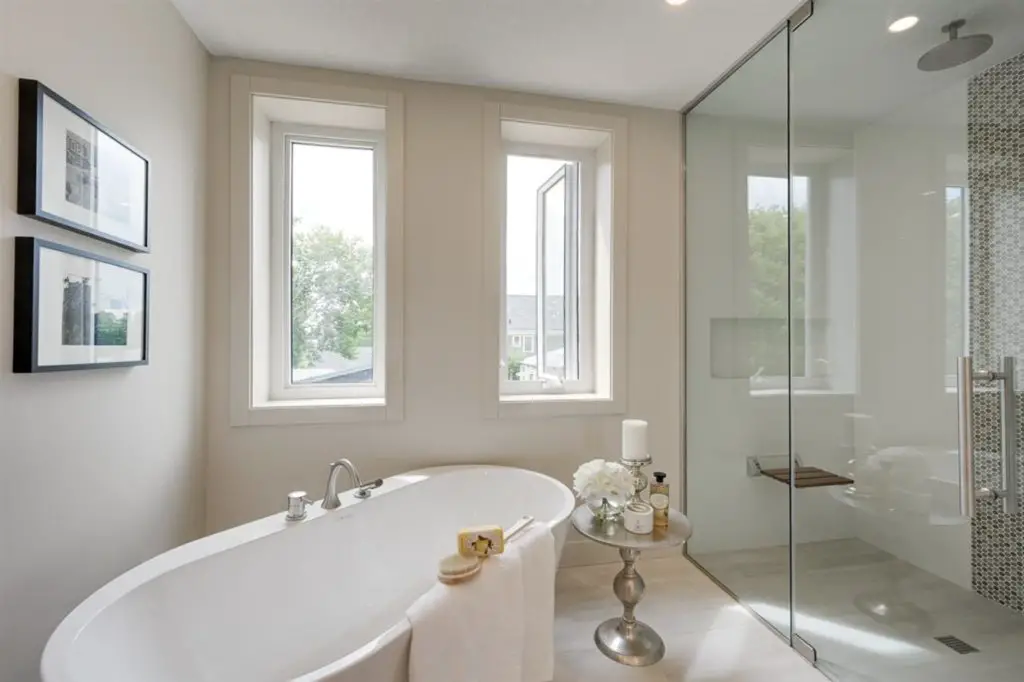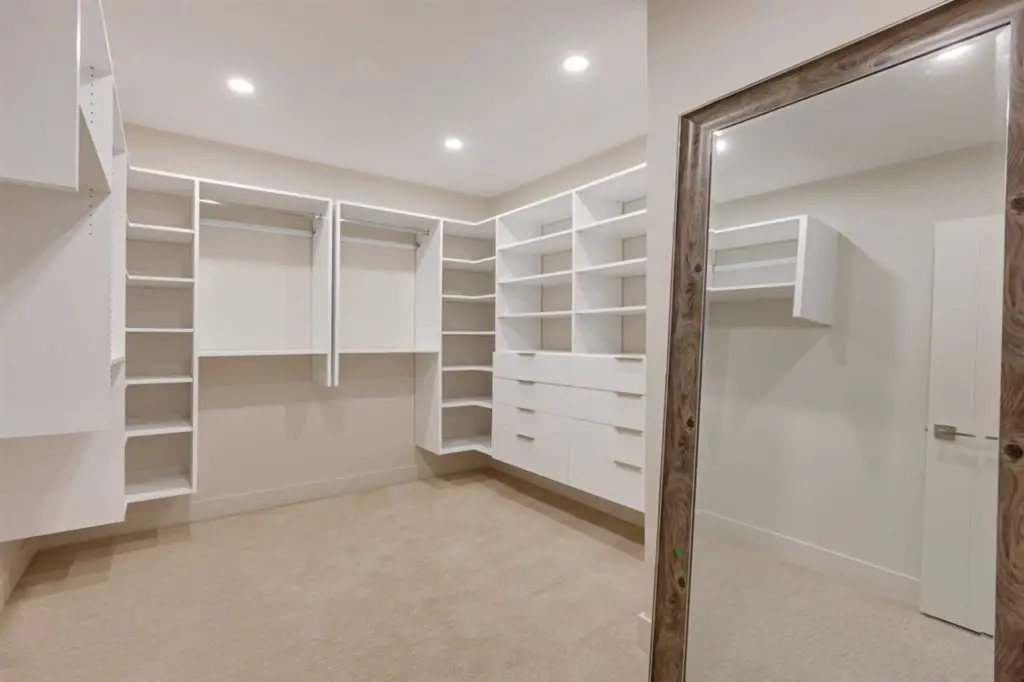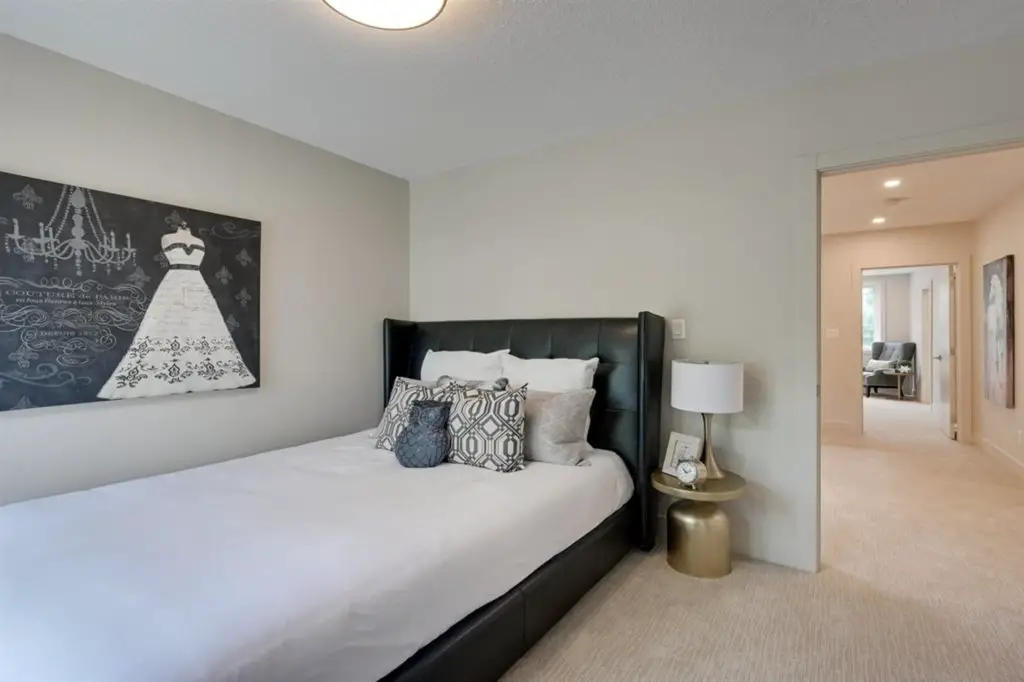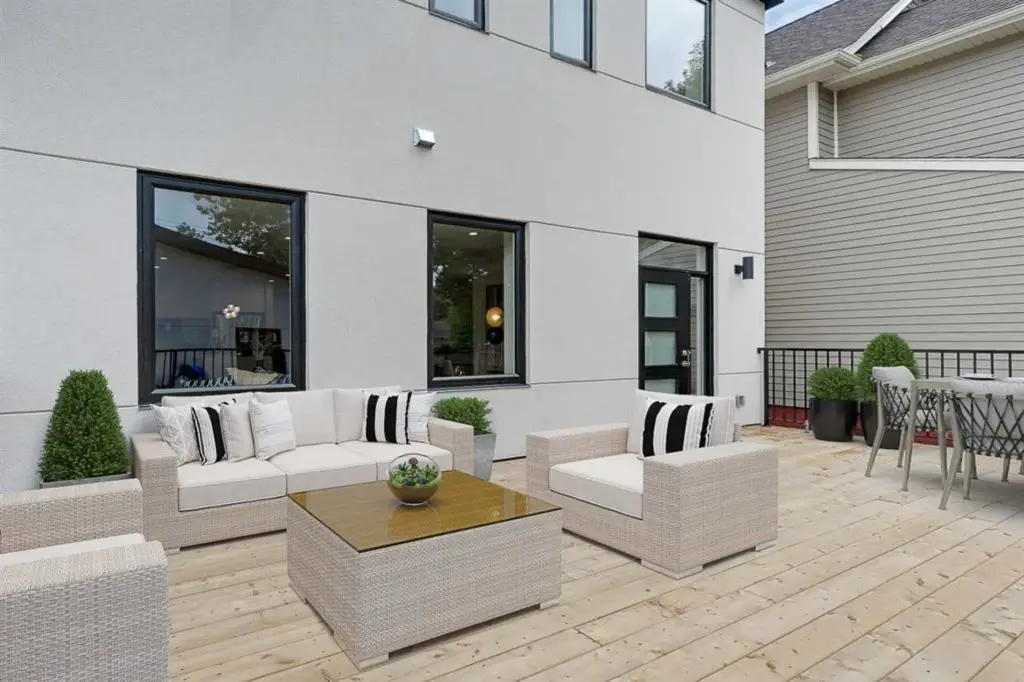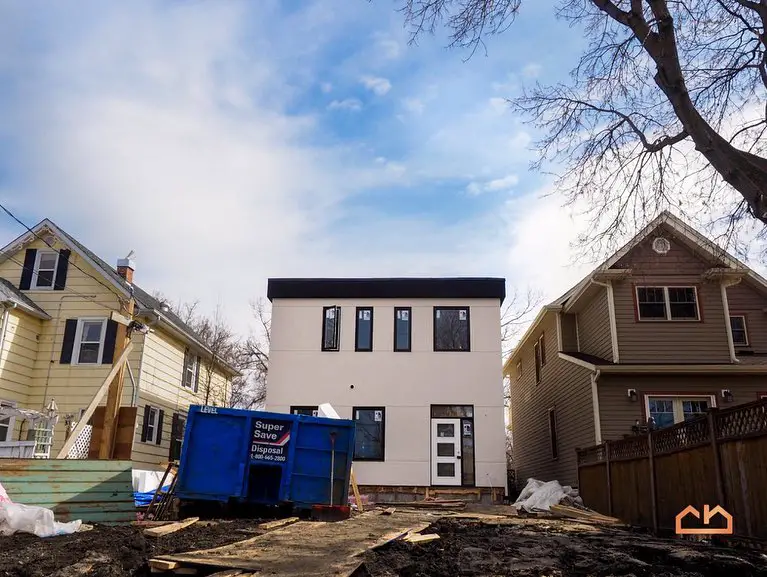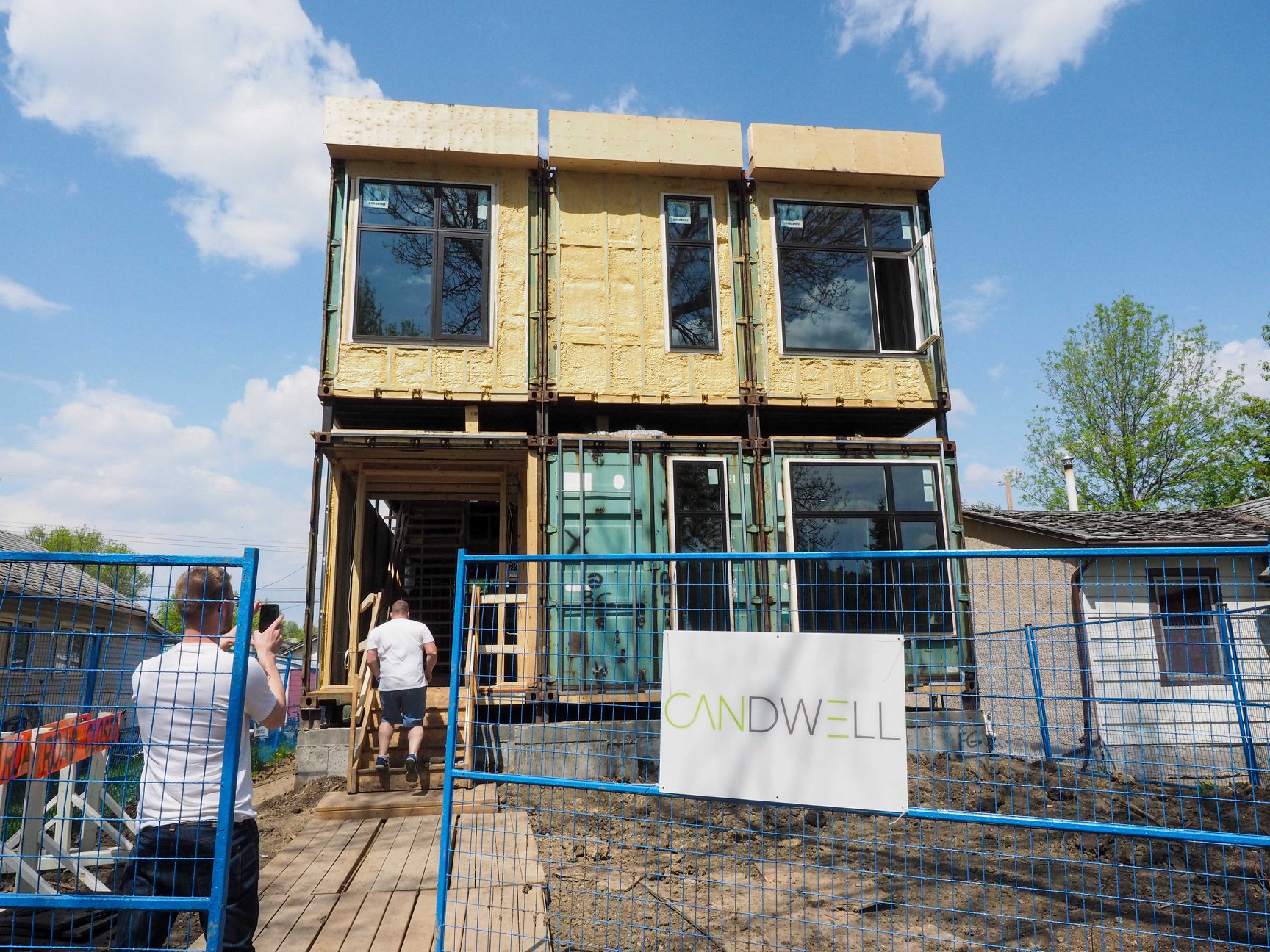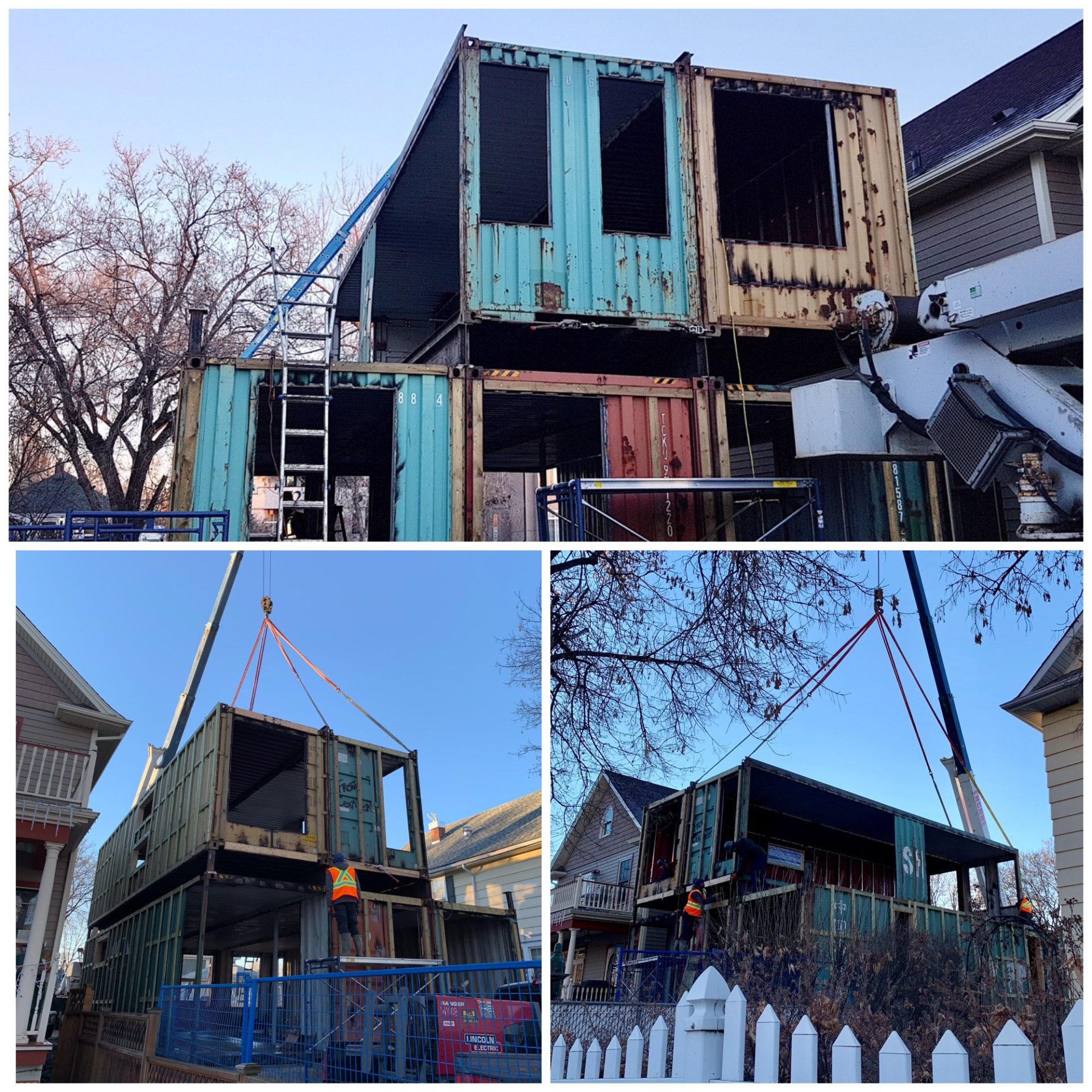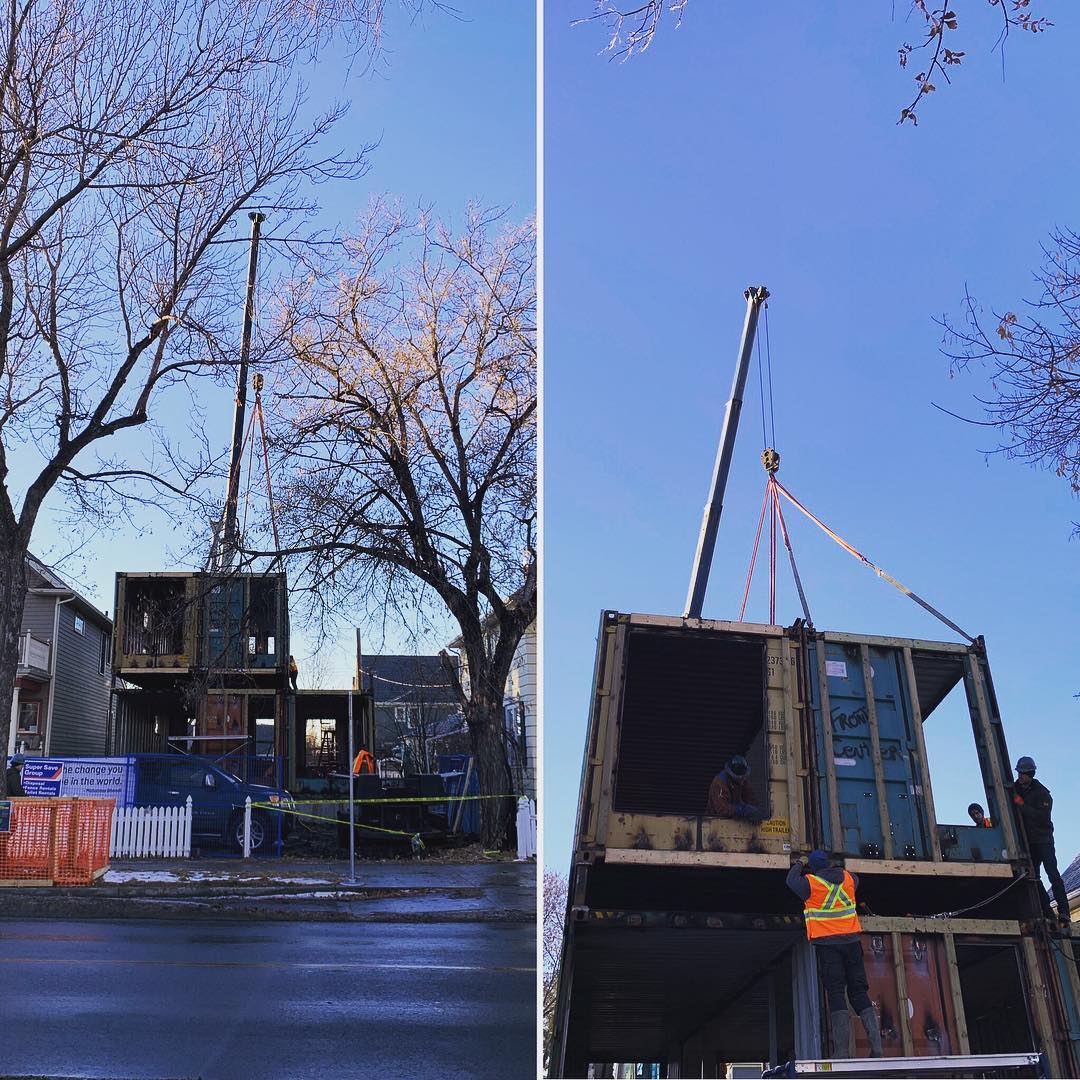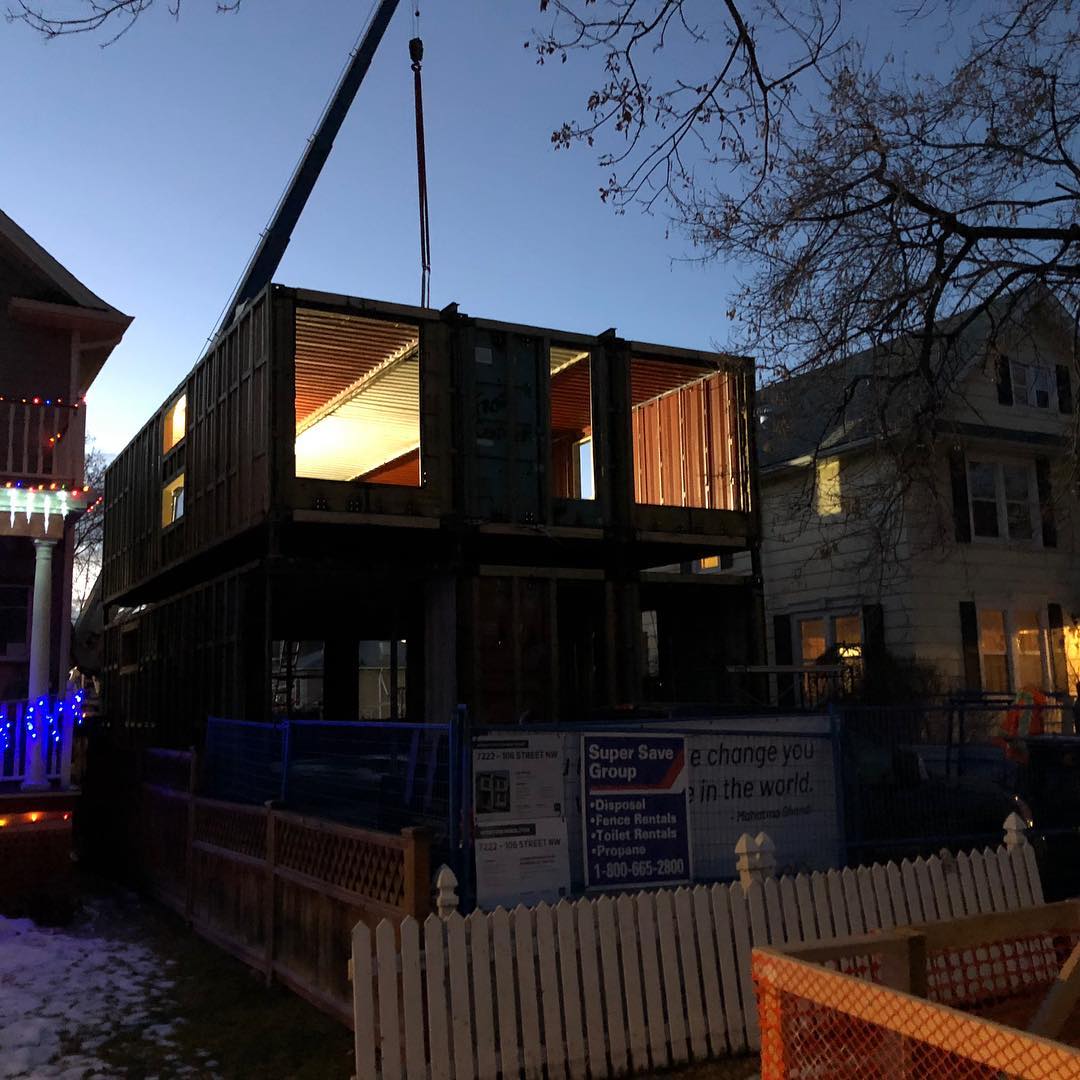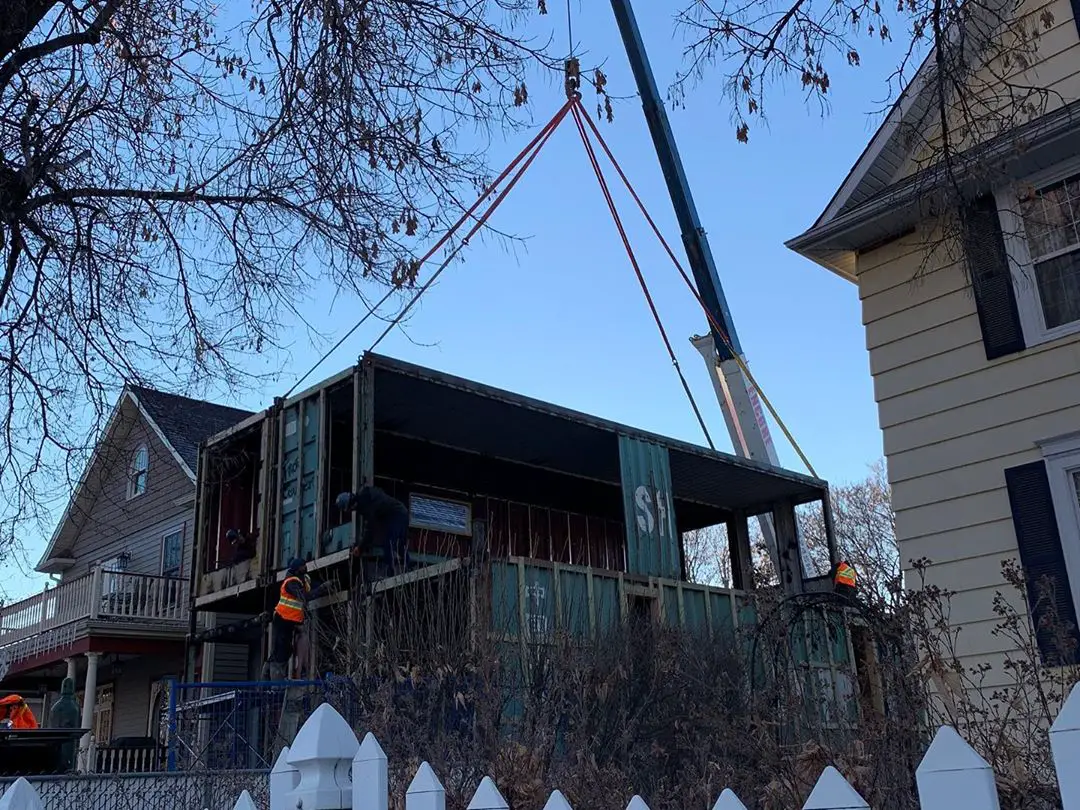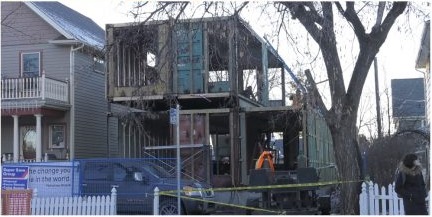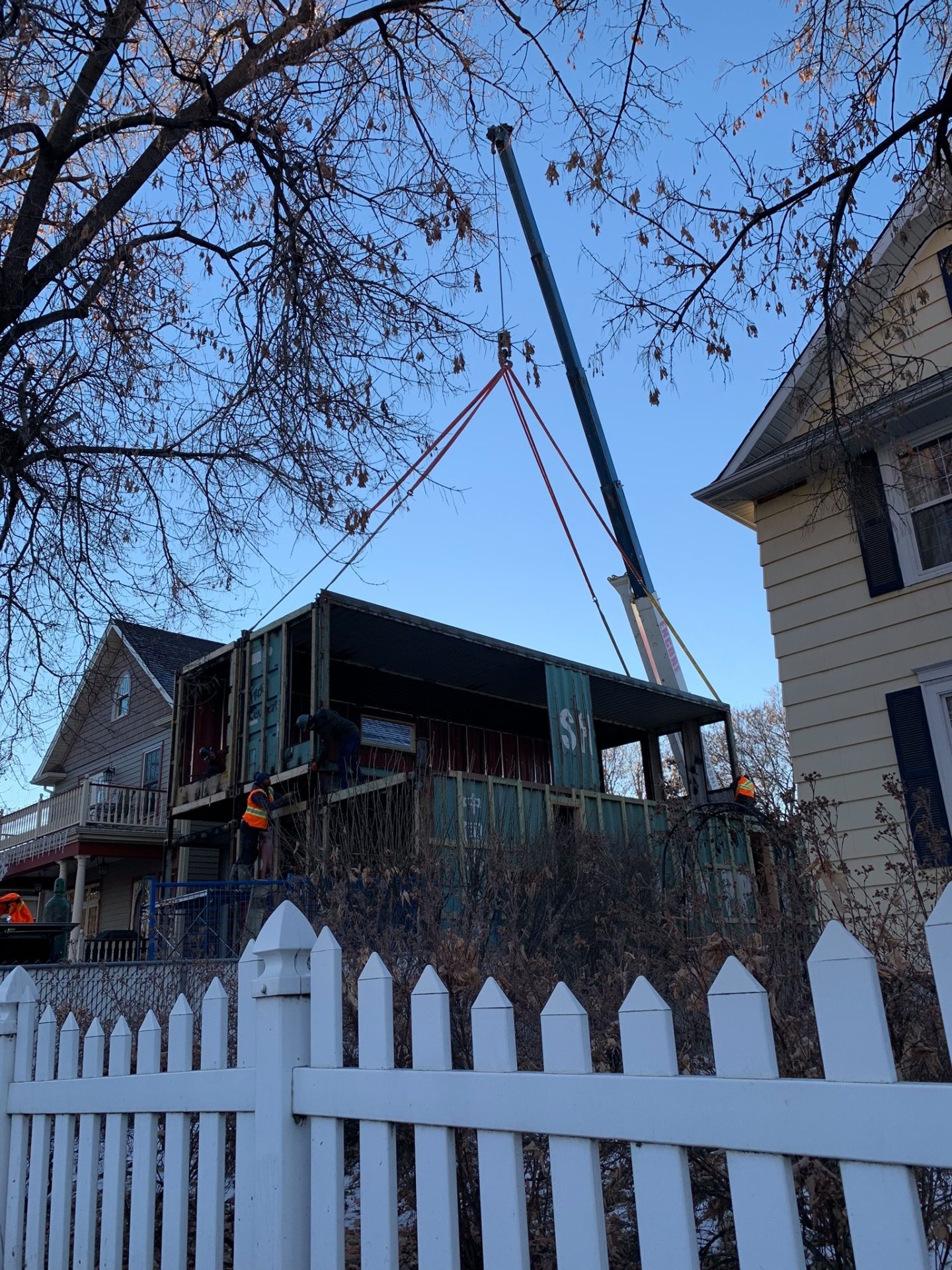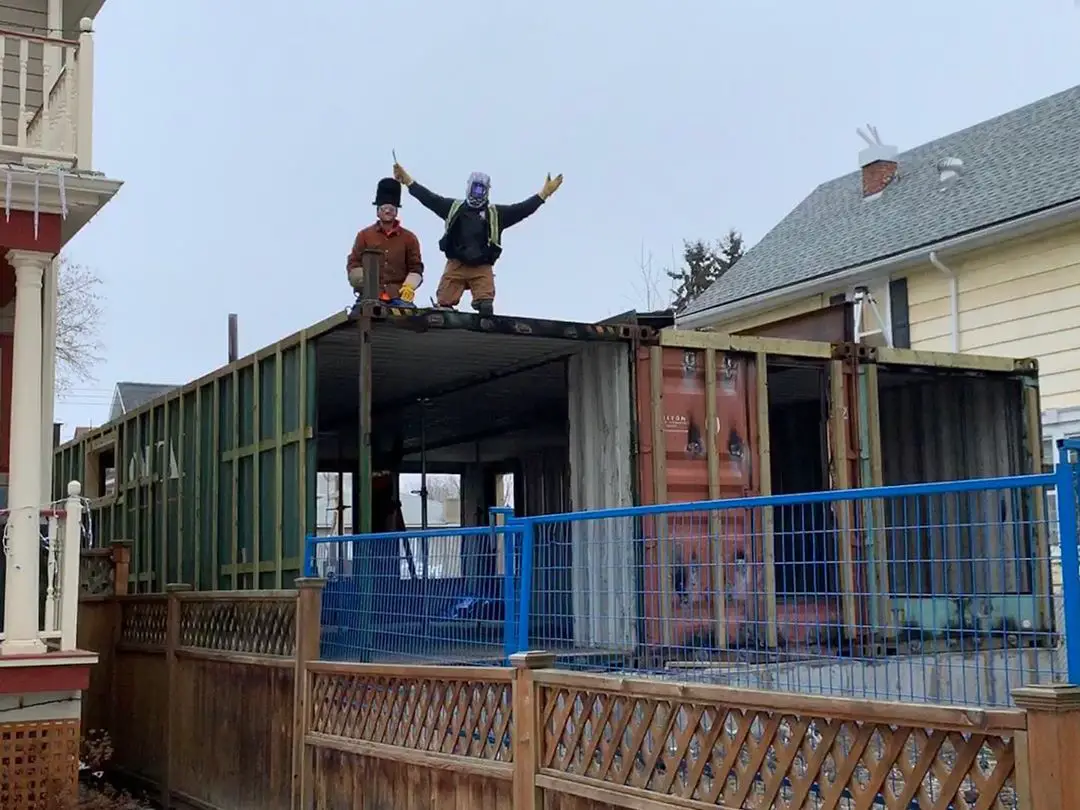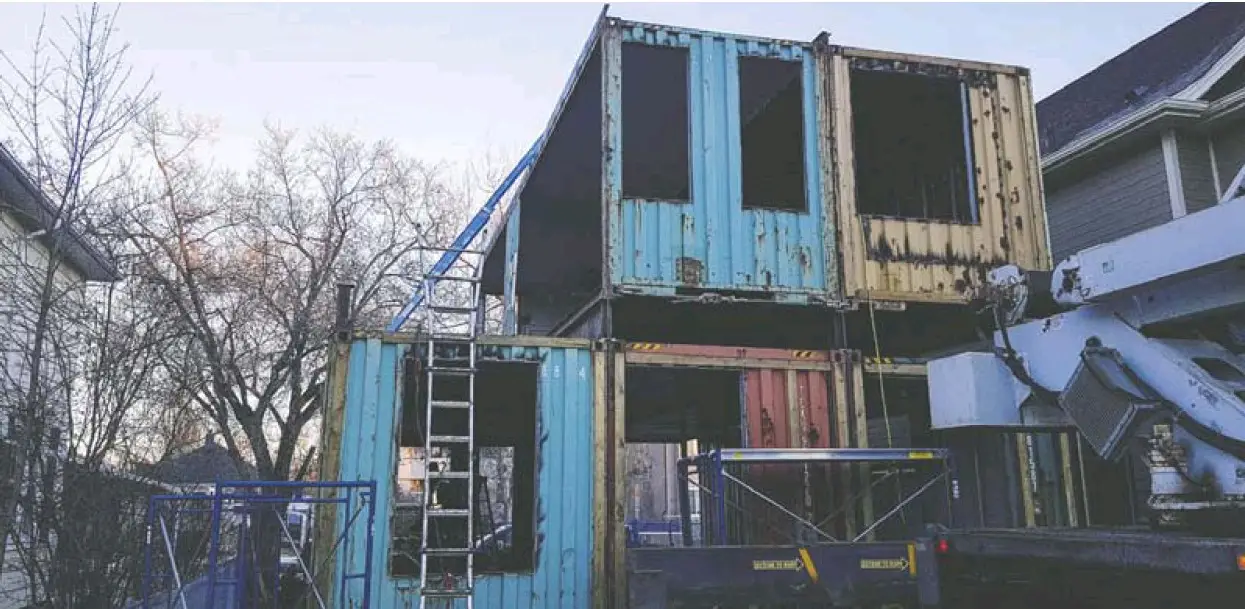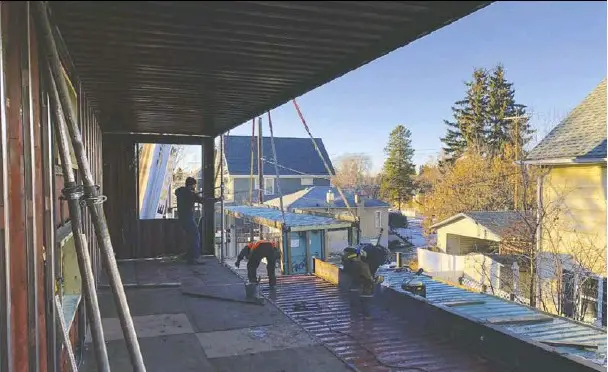Hi everybody ?
We continue to discover for you. Our container house on today’s tour is from Canada.
Shipping containers aren’t just for shipping anymore.
In Australia, and even here in Canada, they’re being converted into backyard swimming pools. In Edmonton, at least for the moment, they’re being used a bit more conventionally and just being transformed into residential living spaces.
“I heard about people building with shipping containers before but I understood, as most people do, that if you’re living in a shipping container house, it looks like a shipping container house on the outside and it looks like a shipping container on the inside,” says Adam Morris, CEO of Edmonton-based real estate development company Copperblock Capital.
Until recently, he never really considered shipping containers as a viable building option.
“But as I started doing more research, I learned that if you modify it well and then clad it well, the home actually will look like a conventional home — both inside and outside — and that is the secret sauce,” Morris adds.
He’s so convinced homebuyers will buy in that he’s building two spec homes, one in the Queen Alexandra neighbourhood, the other in Ritchie.
Drive by the Queen Alexandra house, set to go on the market June 15, and it looks no different than any new home being built in an older neighbourhood. Walk through it and you’d be hard pressed to find any evidence that you’re actually inside six 40-footlong shipping containers.
The two-storey, flat-roof house, at approximately 2,100 square feet and done in a modern, contemporary finish, has three bedrooms, a bonus room, and an open-concept kitchen, dining and living room combination with a white stacked stone fireplace.
The original shipping containers are nine feet, six inches tall and eight feet wide so the house doesn’t feel tight, or like the space is too small. Rather, it fits the lot it’s on like a glove. There’s a spacious deck out back, some green space, and an unattached garage — the garage is a conventional build, not shipping containers.
So why did Morris opt for shipping containers? The answer, he said, is all about finding a more sustainable and quicker way to build.
By using shipping containers, or sea-cans as they’re also known, Copperblock can pre-fabricate the components in their local manufacturing plant, cutting the overall build timeline. Also, they’re giving the sea-cans a new life.
“Roughly 90 per cent of the shipping containers that hit North American shores never leave North American shores. The reason for that is it is more expensive to send that shipping container back to Asia than it is to manufacture a new shipping container,” Morris says.
He also points out that because they’re made of steel they age well, and won’t shift or settle over time, they resist mould and inhibit fire.
“With a shipping container, you are not only saving trees — an average 2,000-square-foot home requires the wood of approximately 16 mature pine trees — from being cut down, but you are also recycling a material that would otherwise be left unused,” he adds.
“Probably some initial skepticism. Why would you change things? But once you actually start to understand the benefits, it makes complete sense.”
“The biggest thing, when the public comes through, is they’re completely surprised,” Esposito says.
“What we’re proving to the market is that, yes, you can use a material like this and have it be a luxury infill product.”
I learned that if you modify it well and then clad it well, the home actually will look like a conventional home — both inside and outside — and that is the secret sauce.
Consumers looking to buy infill homes, Esposito adds, are looking to buy only the best, given the state of Edmonton’s housing market.
“The infill market right now has never been this saturated with this many infills on the market in the history of Edmonton,” Esposito says. “It’s a very flooded and competitive market for builders. We’re actually offering a better building material, which nobody else is doing.”
As for those shipping container swimming pools, Esposito says there is far more interest in shipping containers being used here for homes, garages, garage suites and garden suites.
“I have heard many times about shipping containers being used to build swimming pools — but never in Edmonton,” Esposito says.
“Swimming pools in Edmonton can actually devalue a home since they carry thousands of dollars of maintenance costs annually and can only be used for three months a year.”
Copperblock, for its part, is also looking at using sea-cans for multi-family projects.
“We’re forging the road for shipping container houses to be a common, orthodox method of building a home,” Morris says. “That’s what we’re trying to do here.”
Source : Copperblock Capital - Press Reader - The Chronicle Herald
BUILD YOUR OWN SHIPPING CONTAINER HOME STEP BY STEP COMPREHENSIVE GUIDE
Living in a Container explores projects made with shipping containers around the world and shares them for you.
Don’t forget to take a look at the structures made with other amazing shipping containers on our site!
We invite you to send in your story and container homes photos too so we can re-share and inspire others towards a simple life too. Thank you!
You can share this using the link and social media re-share buttons below. Thanks!
» Follow Living in a Container on Social Media for regular shipping container house updates here «
